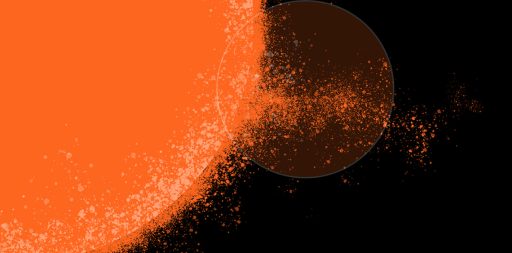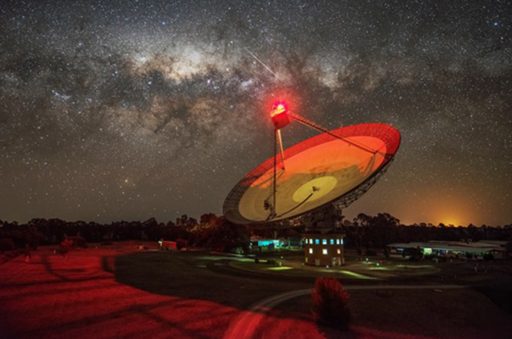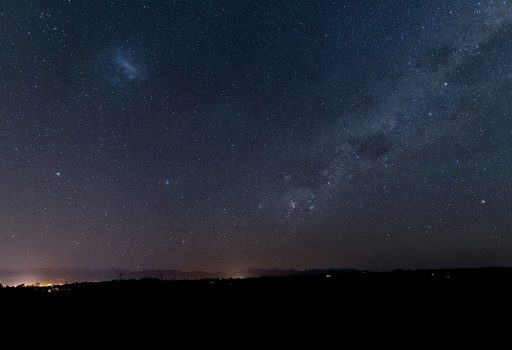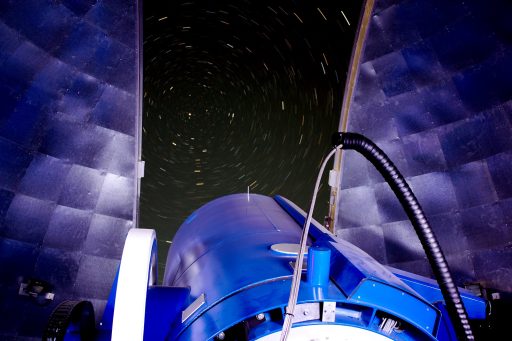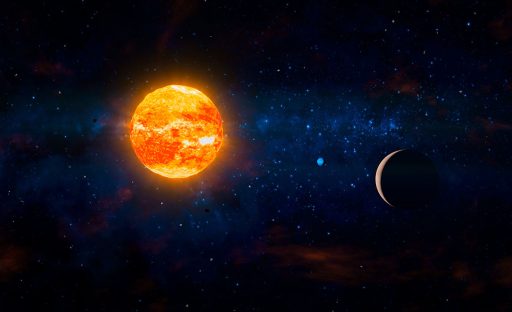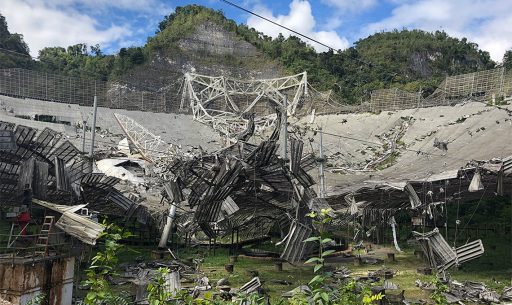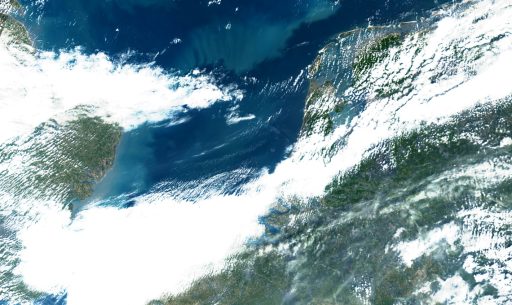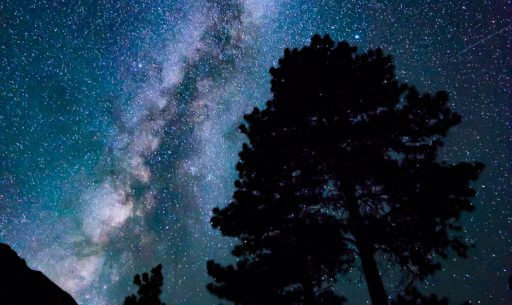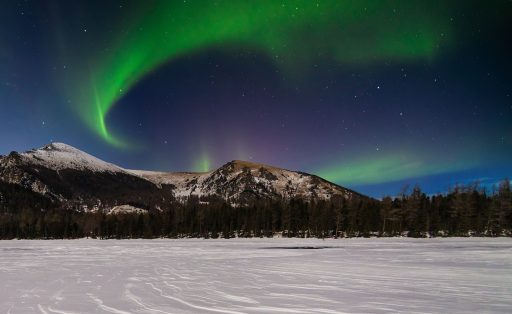Chile hosts world’s highest altitude R&E network node over 5,000 metres
The Alma Observatory and REUNA have joined forces to establish a network node on the Chajnantor Plain, in the north of Chile, to improve connectivity for the telescopes located there.
The Alma Observatory and REUNA have joined forces to establish a network node on the Chajnantor Plain, in the north of Chile, to improve connectivity for the telescopes located there.







